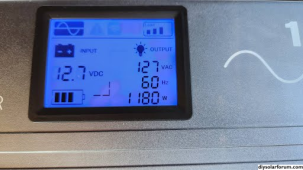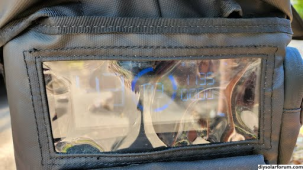harrymanimus
New Member
- Joined
- Apr 3, 2021
- Messages
- 49
It's not the ecoflow that is having the issue. The ecoflow charges fine from the inverter AC at 1200w. It's the external switching power supply that will not provide proper DC output from the inverter AC, but it does provide proper DC from a home wall outlet AC. My use case is at the top of the thread.I think it's highly unlikely that the ecoflow power supply is checking for hot/neutral potential to ground, so I would guess that the issue is something else that it does not like about the inverter's output, and not anything to do with bonded vs. unbonded.
Last edited:







